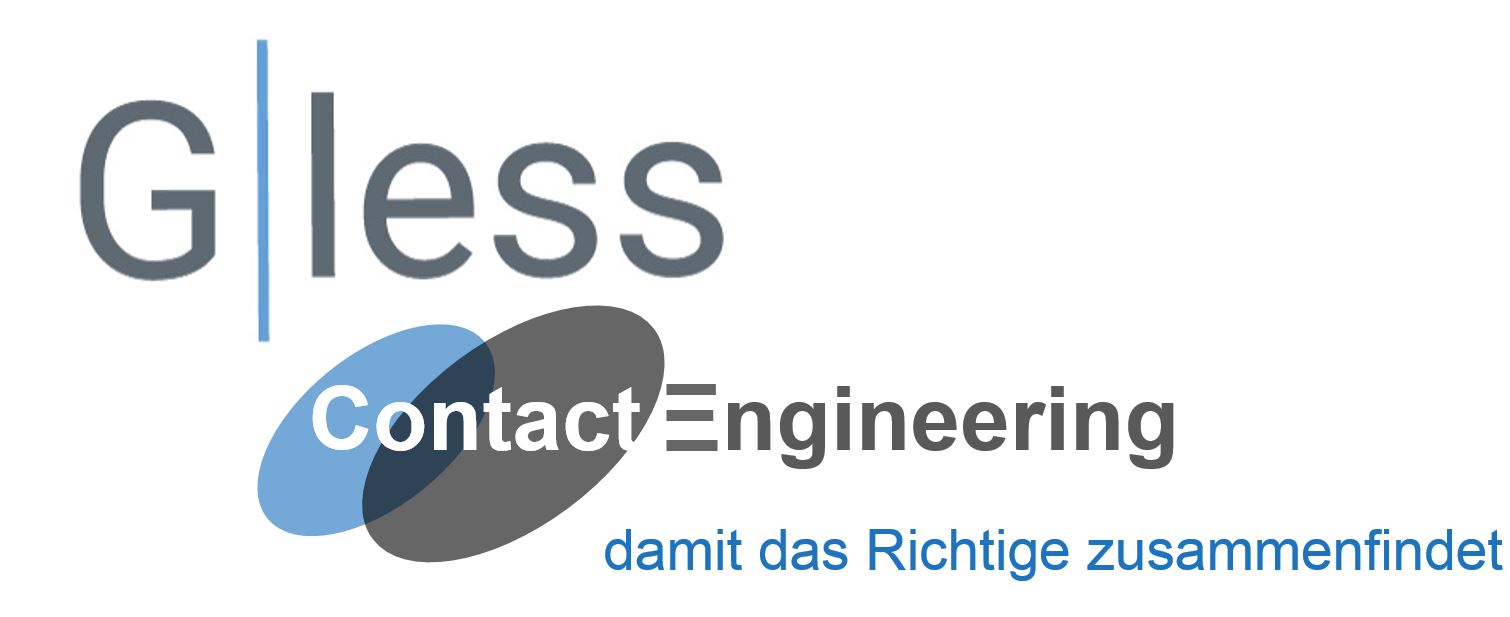understanding required functions and evaluation of influences for chosen design
software in the loop (SiL) based optimization
dependent on design stage appropriate models (ana-lytical models vs. FEM) and also adequate testing
early design verification loops to decide evidence based to achieve reliable robust design from the ini-tial stage
parallelization of work on component levels
a frontloading of improvements and therefore verified design quality
speed up of development process, to fulfil functions and increase reliability
Reliability engineering
V-shape Models and simulations (SiL) of design and verifications loops on different levels.
Simulation and life prediction model
Analytical models or low resolution models
FEM and post processing models
Verification of contacts on tribometer e.g. two-disc test rig
Verification of design on component level
Validation of System/on system level
Influence of load
Roughness/textured surfaces
Residual stresses
Comparison of different functions and design solutions
Design Decision matrix incl. reliability rates
Design Variables and Influences
failure modes
Established standards help in development e.g. address requirementsand required reliability to sub-system and components
Define how design engineering support top-down safety methods
parallelizationof work on different item levelsRequirements and assumptions can be validated at each hierarchical level of requirements definition (FHA, function, system and item levels)
frontloadingof improvements and therefore verified design quality,speed up of development process, to fulfil functions and increase reliability
in the loop, from MIL, SIL, HIL to reliability
Supportof Safety methods/assessment/developmentand reliability processes, e.g. Bottom up FMEA and verifications in early design stages
required reliability helps to choose specific best/most reliable/robust design solution
dependent on design stage appropriateverification models(e.g. reliability rating/failure rate modeling, analytical models, FEM, MKS, multiscale, life time models…) and also adequate testing
»integration of additional design and verification loops into development process.
in the loop (MiL, SiL, HiL) based optimization, early design verification loops to decide evidence based, to achieve reliable robust design from the initial stage
Models (in the loop) and verifications in different levels help to archive a reliable design from the initial stage.
understanding required functions and evaluation of influencesfor chosen design, even evaluation of possible/requested changes
